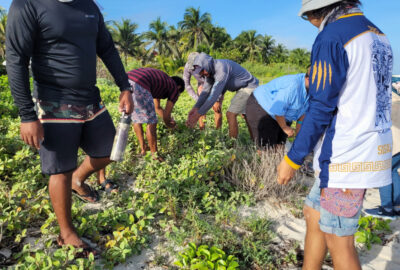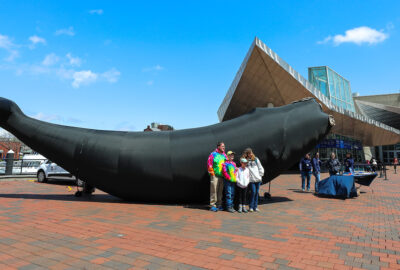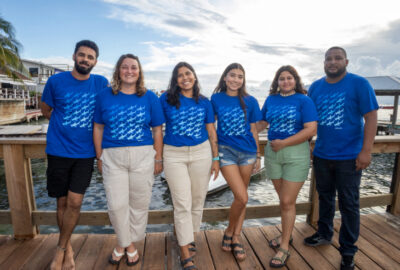Interrupted Lives: Welfare Considerations in Wildlife Rehabilitation
By Michelle Willette, Nicki Rosenhagen, Gail Buhl, Charles Innis, and Jeff Boehm
Originally published in Animals in June 2023

Abstract
Each year in the United States, thousands of sick, injured, or displaced wild animals are presented to individuals or organizations who have either a federal or state permit that allows them to care for these animals with the goal of releasing them back to the wild. The purpose of this review is to demonstrate the complexity of considerations rehabilitators and veterinarians face while trying to optimize the welfare of wild animals in need of care and rehabilitation. The process of rehabilitation is inherently stressful for wildlife. Maintaining an animal’s welfare during the rehabilitation process—from initial contact and tria+ge to the animal’s euthanasia, release, or captive placement—requires deliberate, timely and humane decision making. The welfare of wild animals can be improved by preventing human-related causes of admission, providing resources and support for wildlife rehabilitation (almost all rehabilitation in the United States is privately funded and access to veterinary care is often limited); further developing evidence-based wildlife rehabilitation methods and welfare measures, attracting more veterinary professionals to the field, harmonizing regulatory oversight with standards of care, training, and accountability, and increasing public education.
Full Text





